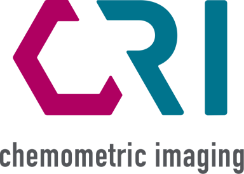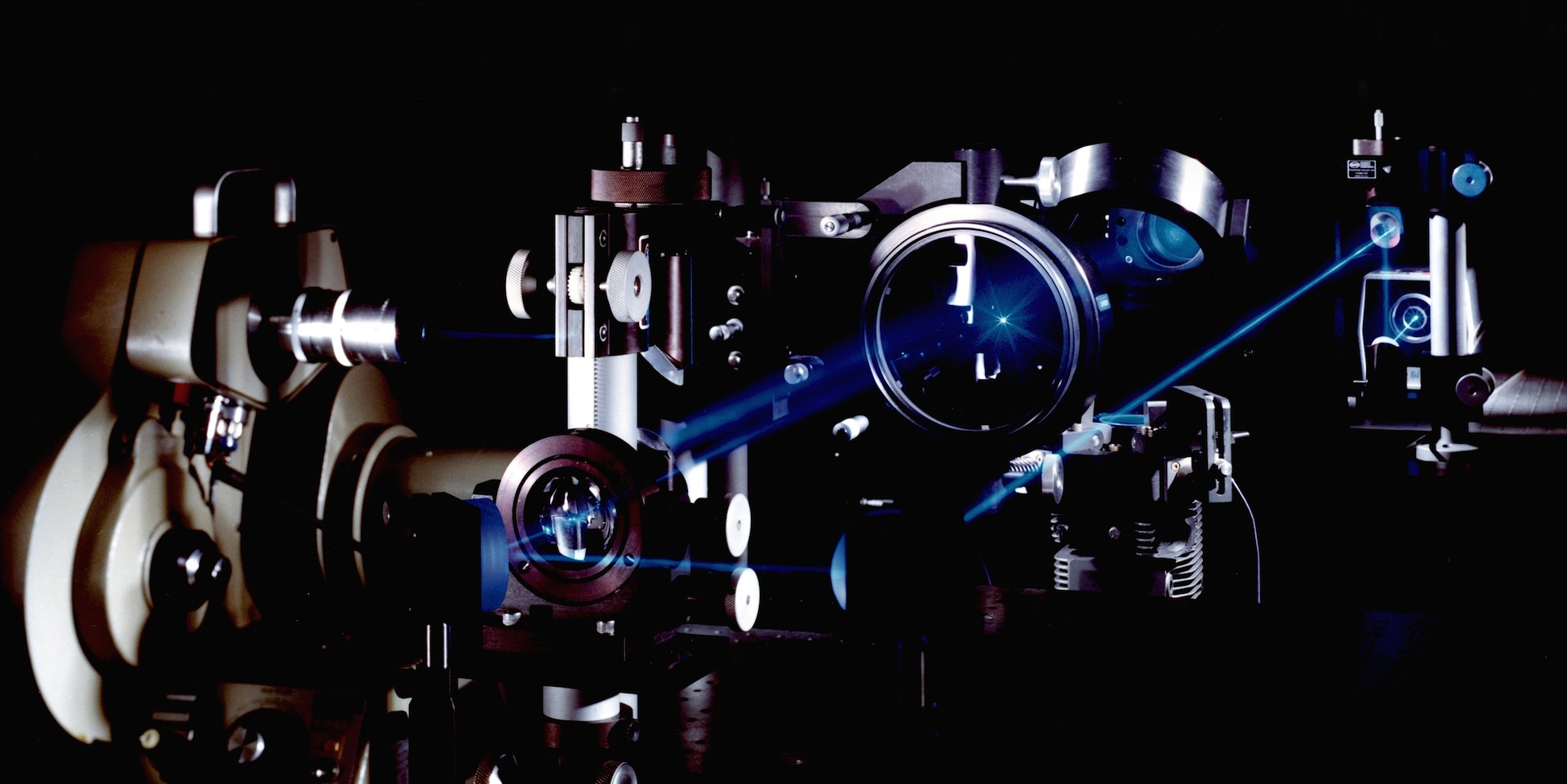CRI’s CEO and co-founder discuss the potential of coherent raman scattering microscopy in pharmaceutics
Cutting-edge chemometric imaging technologies, which can extract chemical information from samples, promise to improve how the pharmaceutical industry produces, discovers, and develops new medicines. One such technology, Coherent Raman Scattering (CRS) microscopy, is emerging as a more efficient and insightful approach to studying the molecular composition and biological interactions of medicines.
In a recent publication in the esteemed European Pharmaceutical Review, Matteo Negro, CEO of Cambridge Raman Imaging, and Professor Giulio Cerullo from The Polytechnic University of Milan’s Physics Department delve into the transformative potential of CRS microscopy in pharmaceutical production and drug discovery.
Unlocking Molecular Secrets: The Power of CRS Microscopy
Compared to the standard fluorescence microscopy used in life sciences, CRS microscopy is less invasive. “Fluorescence microscopy requires the use of exogenous fluorescent labels that can alter the function and structure of tiny biomolecules usually found in many pharmaceutical compounds,” the authors explained. Researchers can use CRS microscopy as a label-free alternative with exceptional chemical specificity and spatial resolution, making it an ideal candidate for various pharmaceutical applications.
Revolutionising pharmaceutical production and drug discovery
One of the most compelling aspects of CRS microscopy is its ability to rapidly map active pharmaceutical ingredients (APIs), byproducts, and other critical components within pharmaceutical formulations. The authors shared that “[these technologies] are expected to have multiple impacts on the pharma industry, from in‑line monitoring and real-time feedback of the production process to understanding how small drug molecules interact with cells and tissues, with a great benefit for early-stage drug discovery processes and cost reduction.”
Proof-of-principle experiments have already demonstrated the efficacy of this imaging technology in drugs commonly used to lower blood pressure and cancer therapeutics.
The Rise of SRS Microscopy
Within CRS microscopy, stimulated Raman scattering (SRS) emerges as a frontrunner, offering superior signal clarity and chemical specificity compared to other techniques like coherent anti-Stokes Raman scattering (CARS). While historically confined to specialised research laboratories due to complex laser requirements, recent advancements in fibre laser technology democratise access to SRS microscopy, making it more compact, affordable, and user-friendly.
Paving the Way for the Future
With ongoing technological advancements and increasing accessibility, the future of pharmaceutics appears brighter than ever. From in-line monitoring of production processes to elucidating drug-cell interactions, these technologies promise to support and elevate pharmaceutical research and development.

